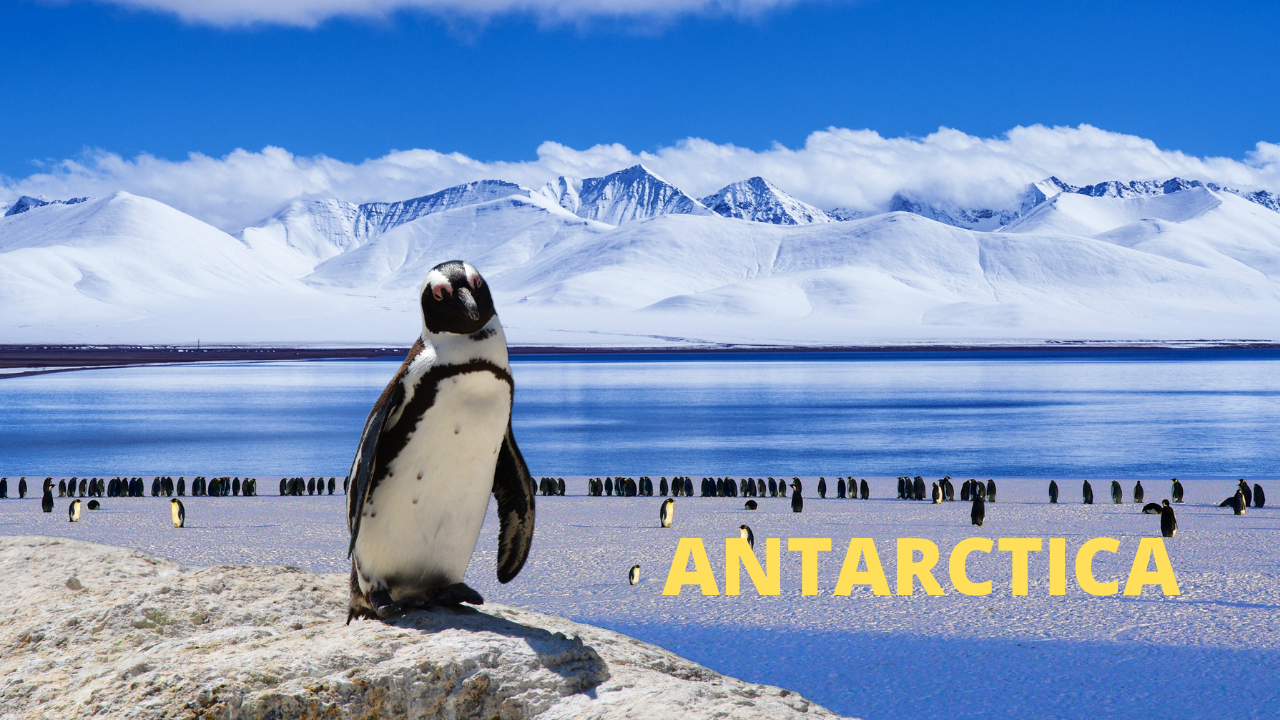|
I had taken up this project of discovering Mumbai. It started with my taking up cycling as an exercise...but just going round and round in circles was boring, so I started going to specific places on cycle. I would look up interesting places and then ride out on Sunday morning to go and check it out - exercise, adventure and exploration… all in one!
But there was no need to be so strict about the cycling thing - not all places are open early on Sunday morning - and definitely not all places wanted to see a fat, sweaty and mud-splattered cyclist in tight clothes clump around their premises! These places would have to be explored in the traditional manner! And with my usual urge to kill multiple birds with one stone - I decided to take the brat along to some of the kid-friendly places in Mumbai - some of which I remembered fondly due to my having visited them as a kid myself! The kid will have an outing, we will have some father-daughter bonding - and I will get to continue my Mumbai exploration project! The first destination on my kid list was the Nehru Science Centre in Worli.
This is a very cool place - it is situated in a nice little campus of its own, with some small gardens and a building full of very cool scientific exhibits.
I looked it up - and found that the Nehru Science Centre was inaugurated in 1977, with a ‘Light and Sight’ section. Fascinating! And why is that fascinating? Because ...just think of what was happening in 1977! Complete political turmoil! The country had been under two years of ‘Emergency’! Jawaharlal Nehru’s daughter - Indira Gandhi - had declared ‘a state of Emergency’ across the country in 1975 because "there is an imminent danger to the security of India being threatened by internal disturbances", and this gave her the authority to rule by decree, allowing elections to be cancelled and civil liberties to be suspended.
Indira Gandhi had taken complete control of her political party and made them into a collective of lickspittles, made the bureaucrats pliant and spineless, did a number of very questionable economic acts - Nationalisation (which means bare-faced theft by the government) of banks, airlines, heavy industries, etc, breaking of sovereign promises (like the abolishment of privy purses) and muzzled and cowed the media - LK Advani had famously chastised Indian media during the Emergency: “You were asked only to bend, but you crawled.”
Any of this sound familiar today? She arrested almost all her political opponents and put them in jail for months - Vijayaraje Scindia, Jayaprakash Narayan, Raj Narain, Morarji Desai, Charan Singh, Jivatram Kripalani, Atal Bihari Vajpayee, Lal Krishna Advani, Arun Jaitley, Satyendra Narayan Sinha, Gayatri Devi, the dowager queen of Jaipur - and banned organisations like the RSS and Jamaat-e-Islami. The police were going crazy arresting, torturing and murdering people - much as they are doing now - and the whole country was becoming a police state. There was detention of people by police without charge or notification of families, abuse and torture of detainees and political prisoners Use of public and private media institutions, like the national television network Doordarshan, for government propaganda . An example of pettiness and highhanded behaviour - During the Emergency, Sanjay Gandhi asked the popular singer Kishore Kumar to sing for a Congress party rally in Bombay, but he had refused. As a result, Information and broadcasting minister Vidya Charan Shukla put an unofficial ban on playing Kishore Kumar songs on state broadcasters All India Radio and Doordarshan from 4 May 1976 till the end of Emergency. And of course - their solution to the population crisis - Forced sterilisation! In 1976–1977, the programme led to 8.3 million sterilisations, most of them forced, up from 2.7 million the previous year.
Such was the situation in 1977 - it was a really narrow escape from Dictatorship and complete chaos. But Indira Gandhi - to her credit - did not take that final fatal step of appointing herself the permanent dictator. She withdrew emergency on 18 Jan 1977 - and called for fresh elections in March...which she lost by a huge margin (So she clearly did not use her dictatorial powers to influence the election machinery ) and was thrown out of power - and was briefly thrown in jail too!
And now let us return to the Nehru Science Centre - and marvel at the fact that in spite of so much chaos going on, with democracy stretched to breaking point and politics burning and all kinds of crazy shit happening...
...the relevant government machinery worked to produce a network of Science centres - to teach Indians the scientific temper and promote education!
Isn’t that amazing? Isn’t that fascinating?
When today the ruling party seems to be obsessed with building giant statues and temples - the government of that time was investing in science museums! Just think about it - which was the last major national level museum to be opened in India? Or a science centre? Or art gallery? Or a theatre? The Nehru Science Centre comes under the aegis of the National Council of Science Museums - an autonomous organisation under the Indian Ministry of Culture. It is the largest chain of science centres or museums under a single administrative umbrella in the world. There are 24 own science centres or museums and one R & D laboratory and training centre of NCSM, located in different states in India. The Nehru Science Centre in Worli was inaugurated in 1977 as a sound and light exhibition, then expanded to a ‘Science park’ in 1979, and then finally upgraded to this ‘Science Centre’ in 1985 - and in fact, there are 4 other big ‘Science centres’ in India - at Nagpur, Calicut, Bhopal, Dharampur and Goa. The idea of the Science centre is to make learning fun and experiential - show the kids (and adults!) the practical and fun side of side, rather than bore them with lectures and stuff. When we reached the centre - the first thing I saw was the outdoor science installations in the garden. It was very cool - and just as I remembered it! There was an echo tube - to show the speed of sound and how it is propagated
A giant xylophone kind of thingy to show the effects of vibration and sound.
A gear set up to show how labour can be eased with gears - lifting a huge weight just by winding a handle
There was a sculpture gallery of Indian scientists - a rather depressingly low number of people - and rather touchingly - a statue of Kalpana Chawla - the Indian-born American lady astronaut who died in a space shuttle disaster.
The real fancy stuff is inside, of course.
The Energy model - a mini roller coaster that takes a ball for a thrilling ride: down slopes, in concentric circles and on a ride on roller skates showcases how energy is converted from one form to another - potential to kinetic energy. A ‘pin screen’ - where you press a bed of of moving blunt-tipped pins with your palms - The pins on the table will rise to create a 3D shape. A ‘Nail seat’ - which shows how how magicians sleep on a bed of nails without getting seriously injured - the trick is to have a seat with a lot of nails! Pressure is the application of force over a particular area. In mathematical terms, pressure is equal to force divided by area. So with more force comes more pressure, and with more area comes less pressure. Due to this, the seat with more nails (while it looks the scariest), is the most comfortable. You have a ‘theremin’ - where you move your hands in thin air to play music - by moving your hand between two sets of pipes. The movement of your hand is sensed through sensors and accordingly the chord is played. The biggest draw is the gallery of Visual illusions - Mirrors are used too create a number of amusing visual effects - multiple reflections, part reflections like the ‘head on a platter’ and so on. Great fun.
The Giant Heart - massive 18-feet-tall human heart model allows visitors to walk into it and observe its bicuspid and tricuspid valves.
Various exhibits on evolution, ancient Indian science, modern Indian science, nuclear energy installations in India, etc.
It was indeed a lovely place to go to - and hopefully impressed the brat with the power of science - and even more hopefully, became a memory of an outing with dad! The NSC is extremely popular - with over 750000 visitors per year.
But - and this is a big but - the place seems to be largely the same as I had seen it when I was a kid...in other words...the place has not changed substantially for 30 years. I think that it is very important that a place like this evolve continually to keep it relevant and attractive to the new generations who are brought up in a much much more technologically advanced world than we were. I hope that the government can work with some dedicated volunteers to maintain and evolve the place and keep it fun and trendy. The state government has done an excellent job of working with volunteers to revamp the Bhau Daji Lad Museum - and I am sure they can do the same here - if they wish! I am sure that there are a number of public-minded - and science-minded - people who would love to get involved with such an activity. Mumbai is the home of IIT Bombay - and a whole bunch of Science and Engineering colleges - and a number of industries … and I am sure that a lot of them would love to design better and newer science exhibits and learning tools. There is already a lot of work being done - check out their site - https://nehrusciencecentre.gov.in/ - but I think a lot more can be achieved by working with corporates, NGOs and volunteers. Especially in today’s environment of giant statues and giant temples and pooh-poohing of science by politicians and charlatans - it is essential that we go back to this era when our priorities were to modernise and establish a scientific temper. |
Categories
All
Hi thereI blog about my travels - and the thoughts they set off! Sometimes the simplest destinations can be the most thought-provoking! Archives
May 2022
|

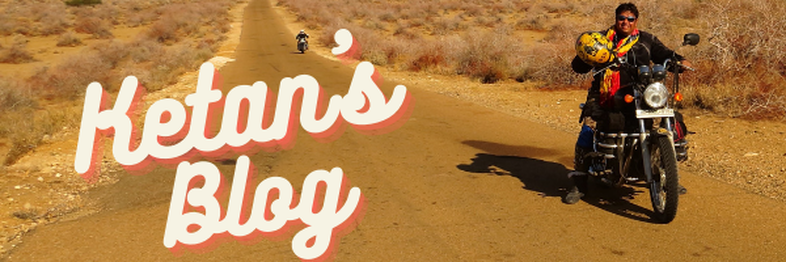
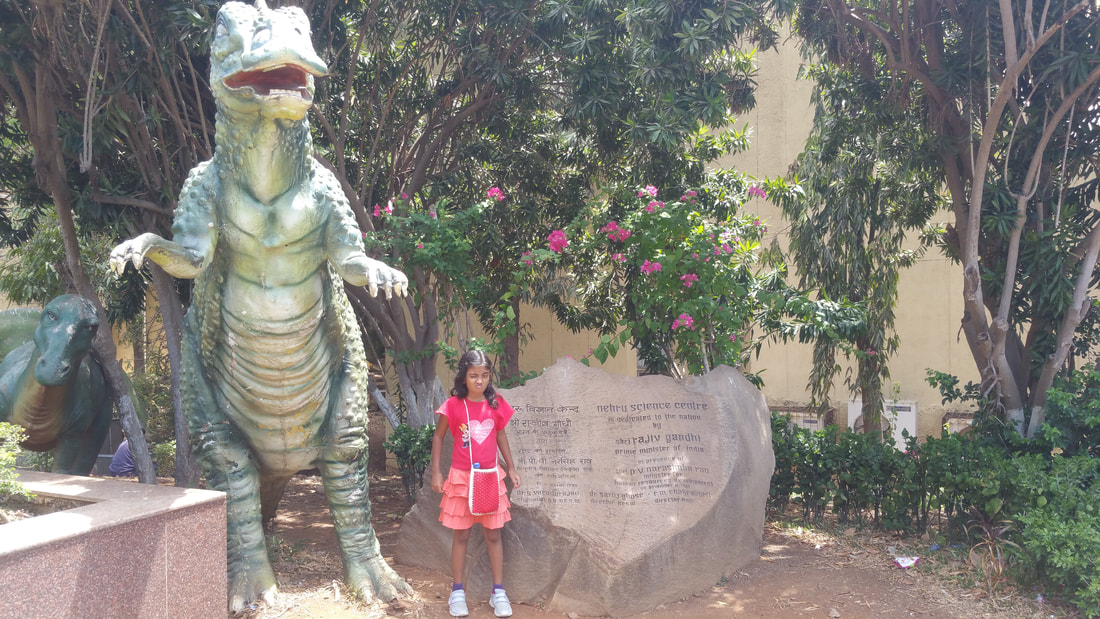
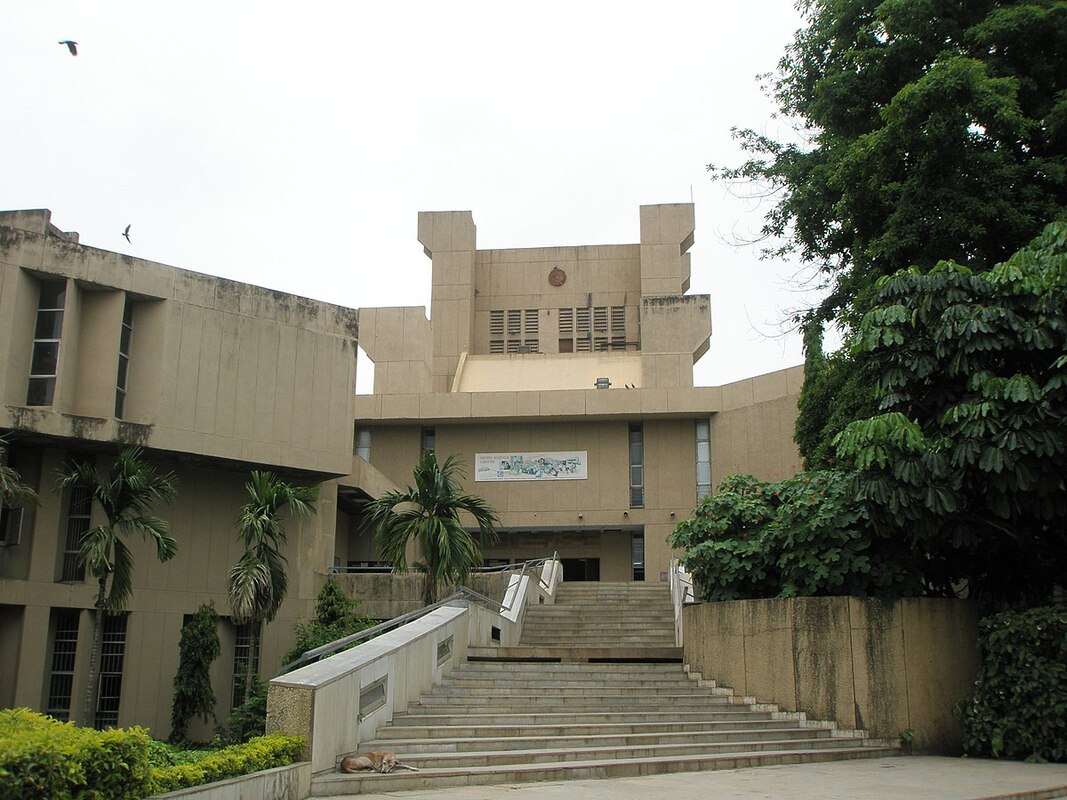
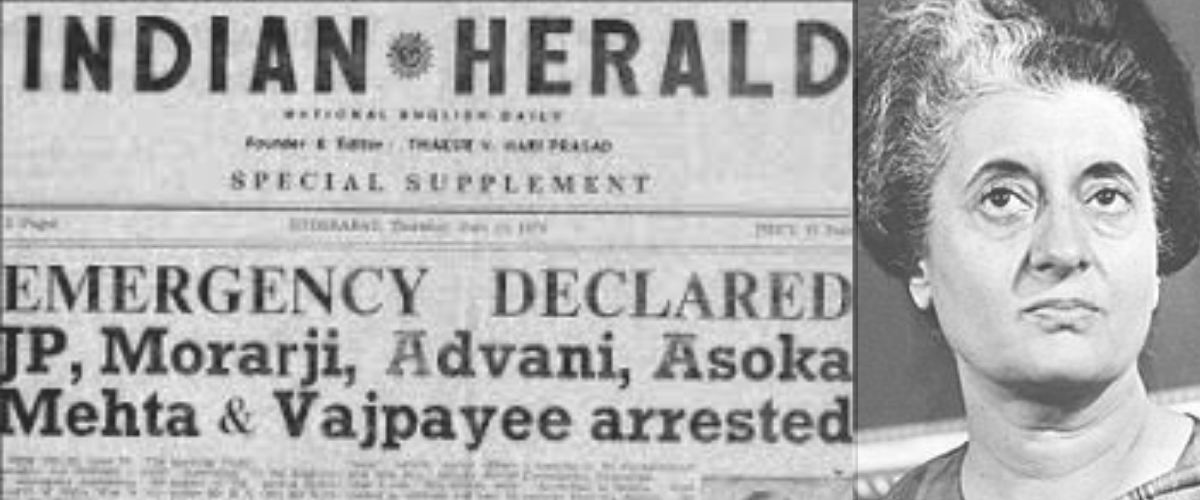
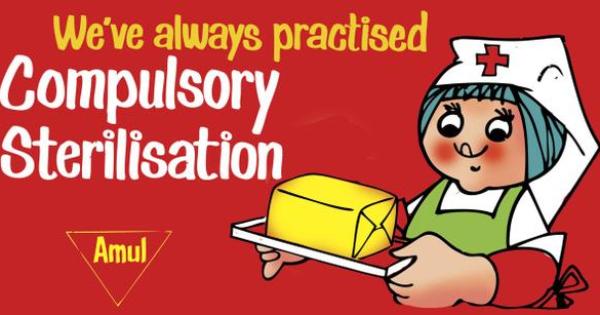
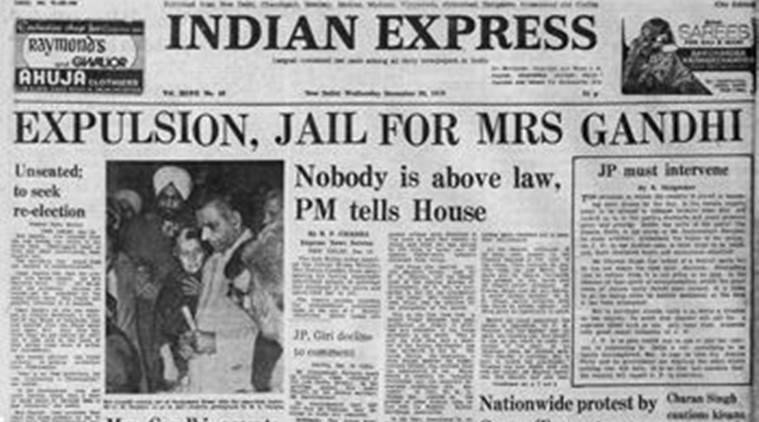
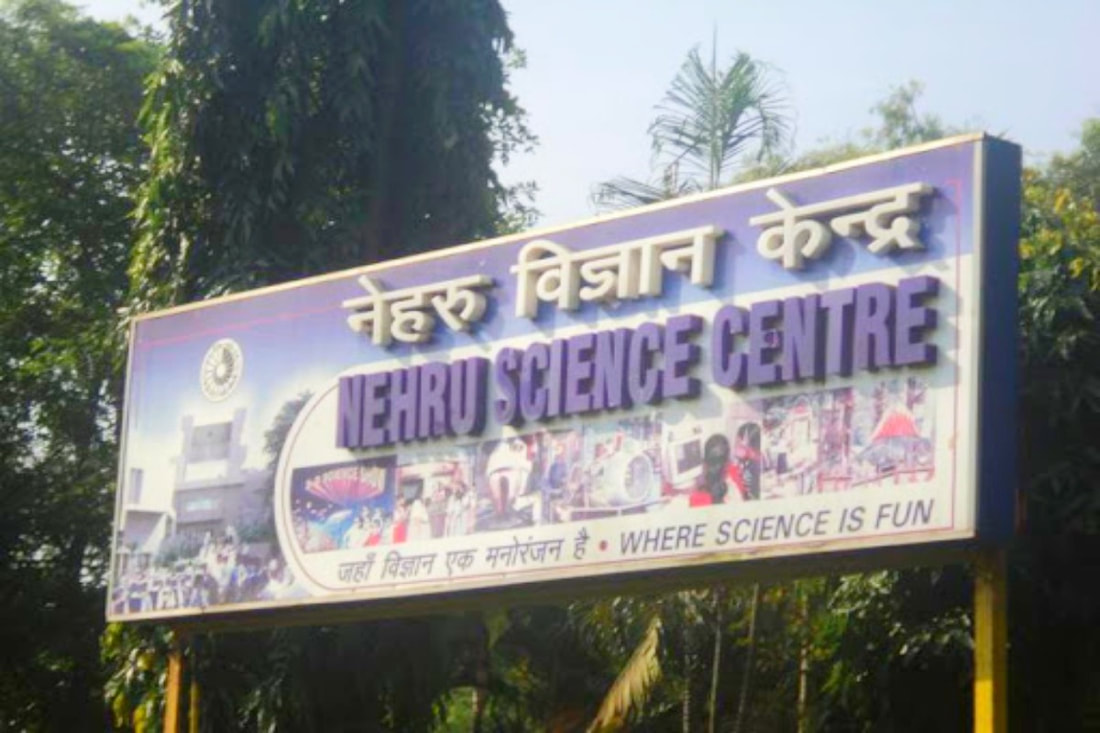
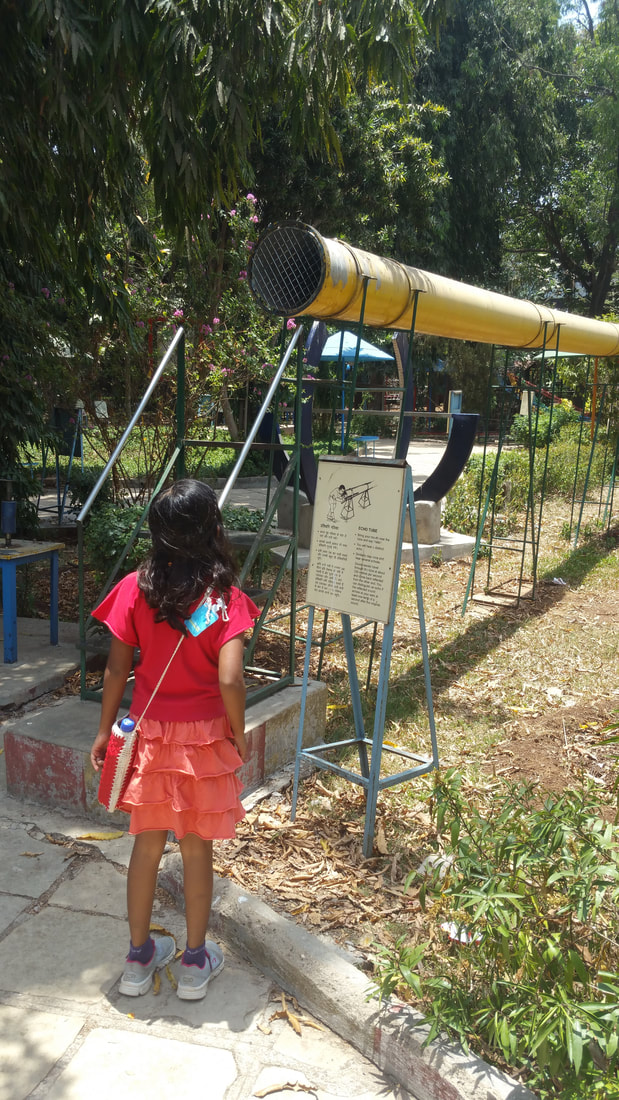
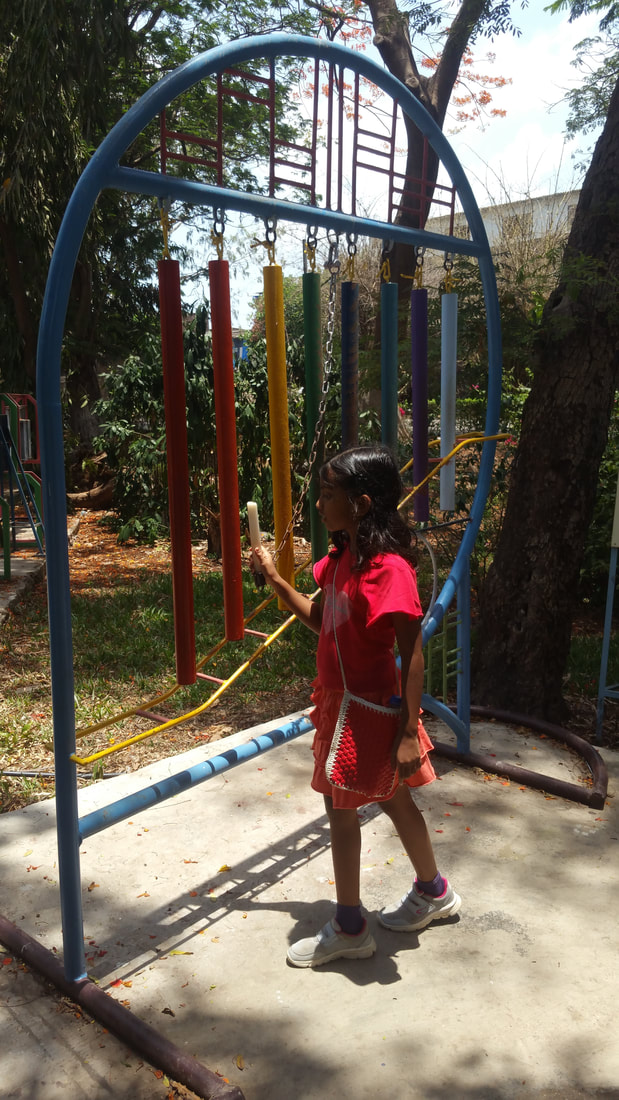
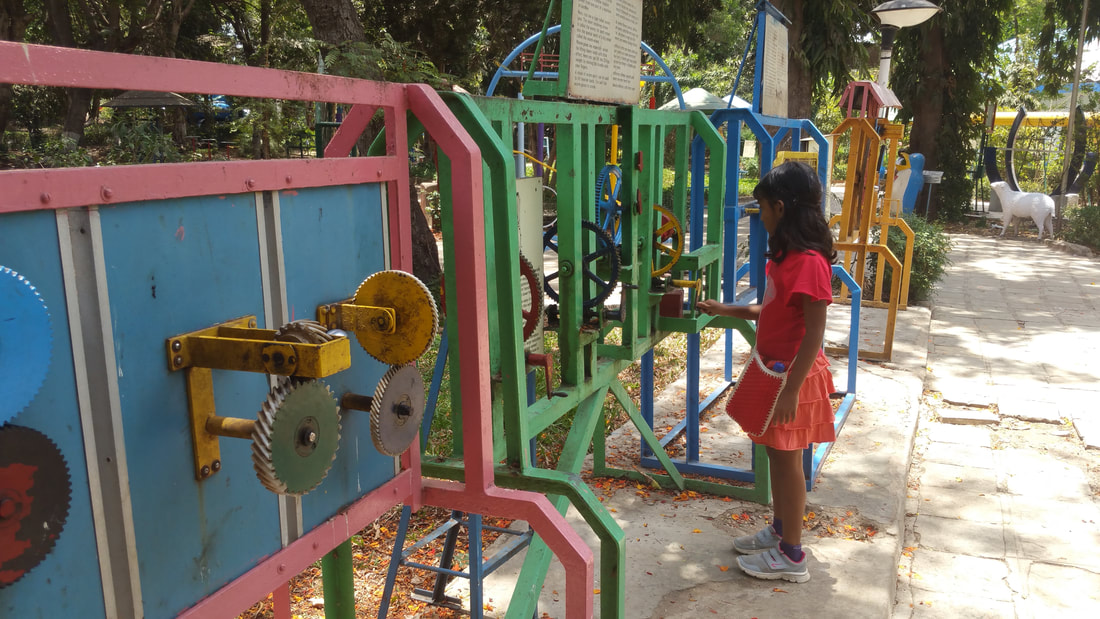
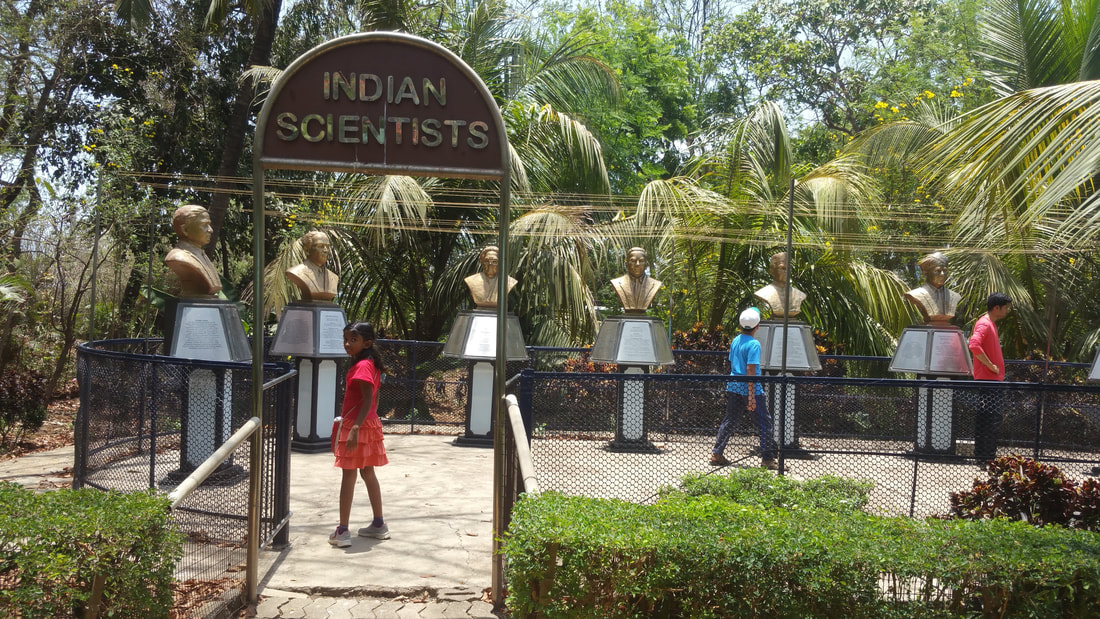
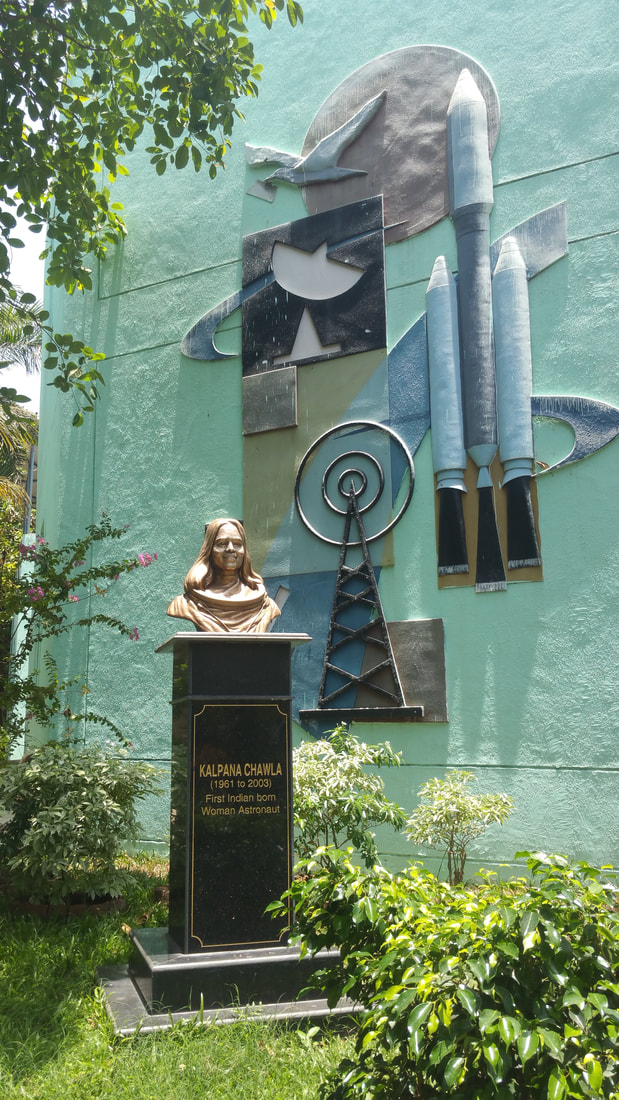
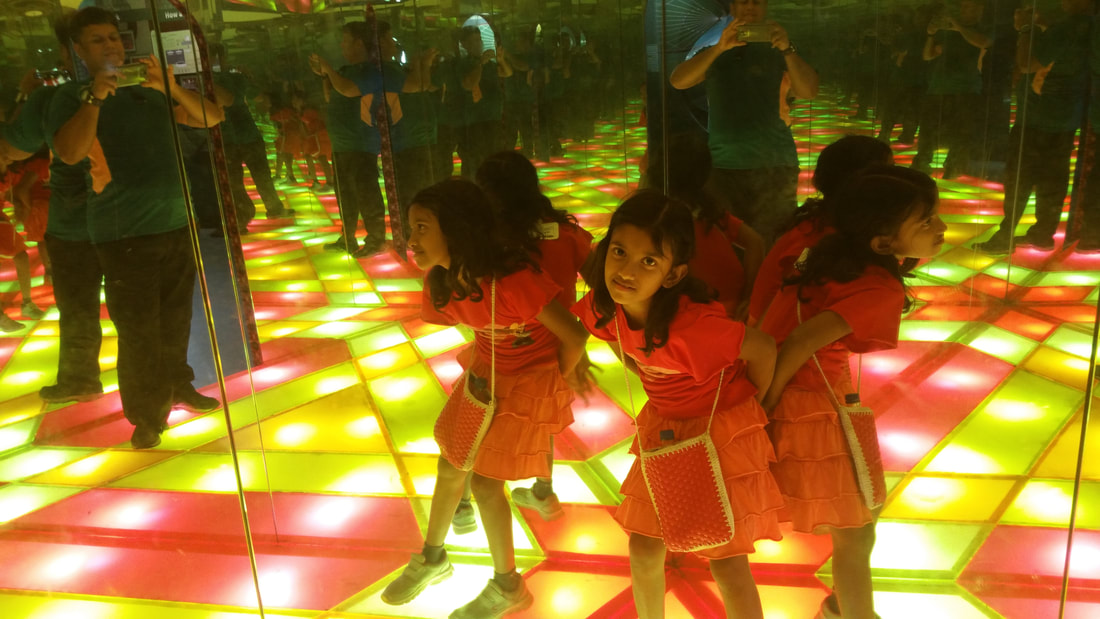
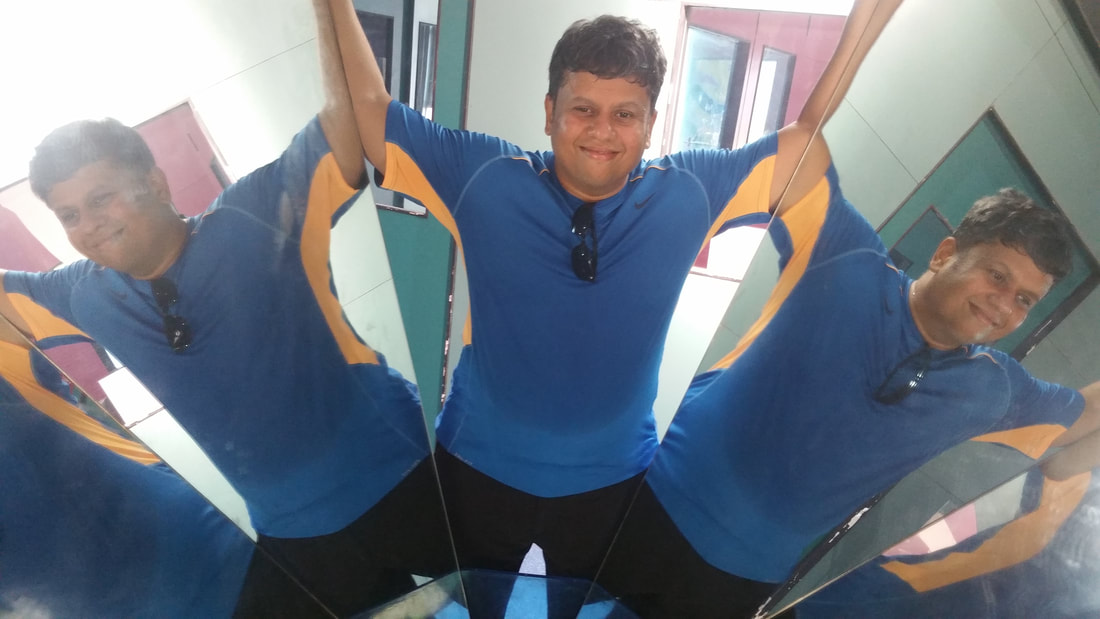
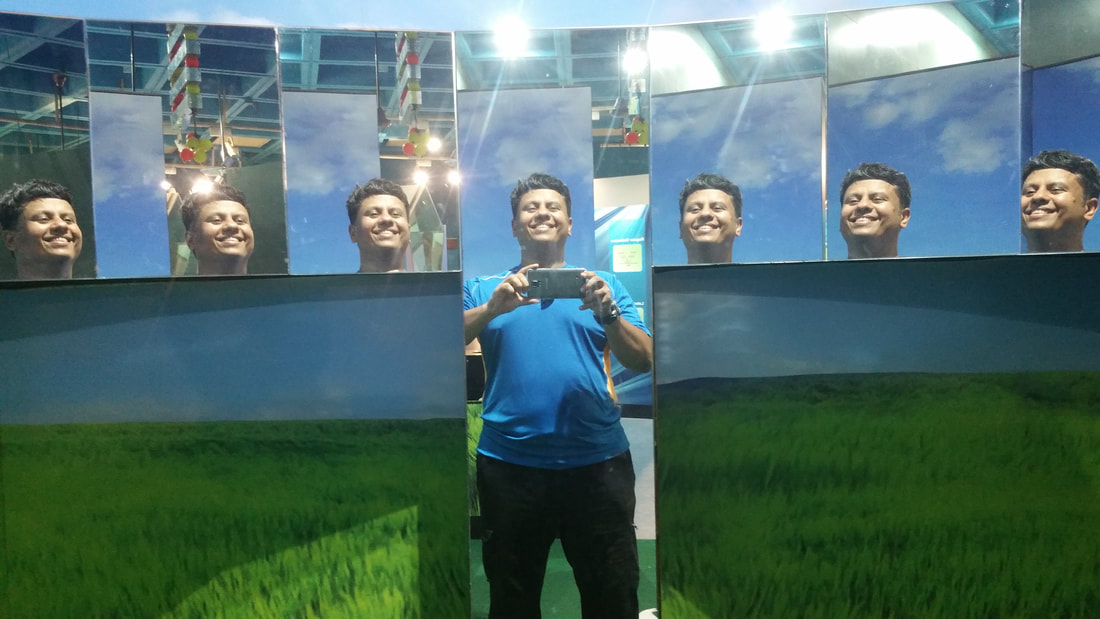
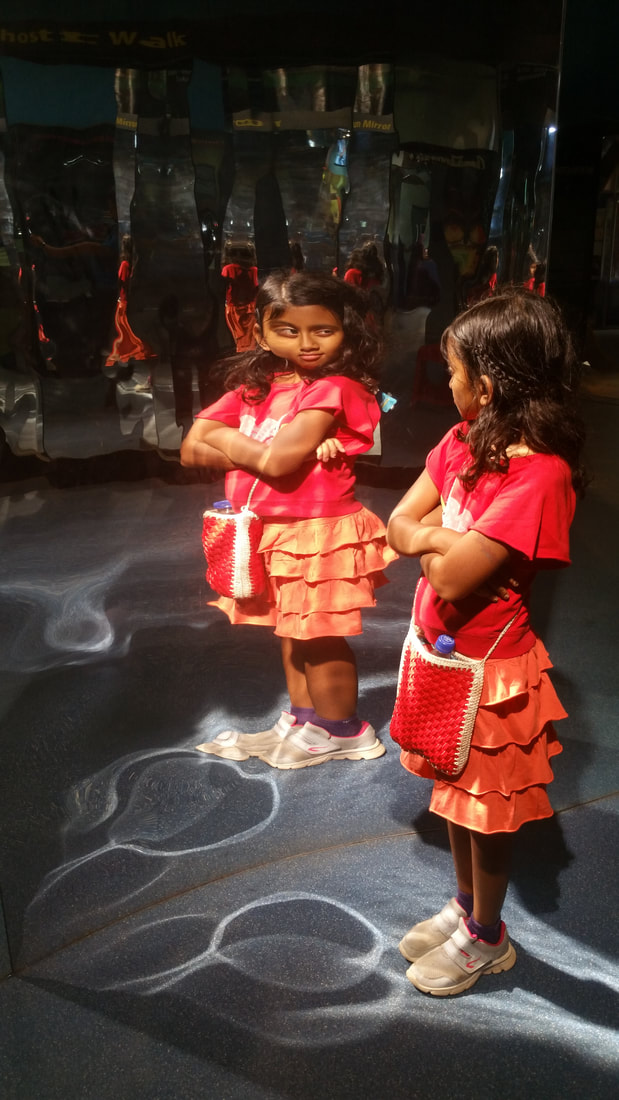
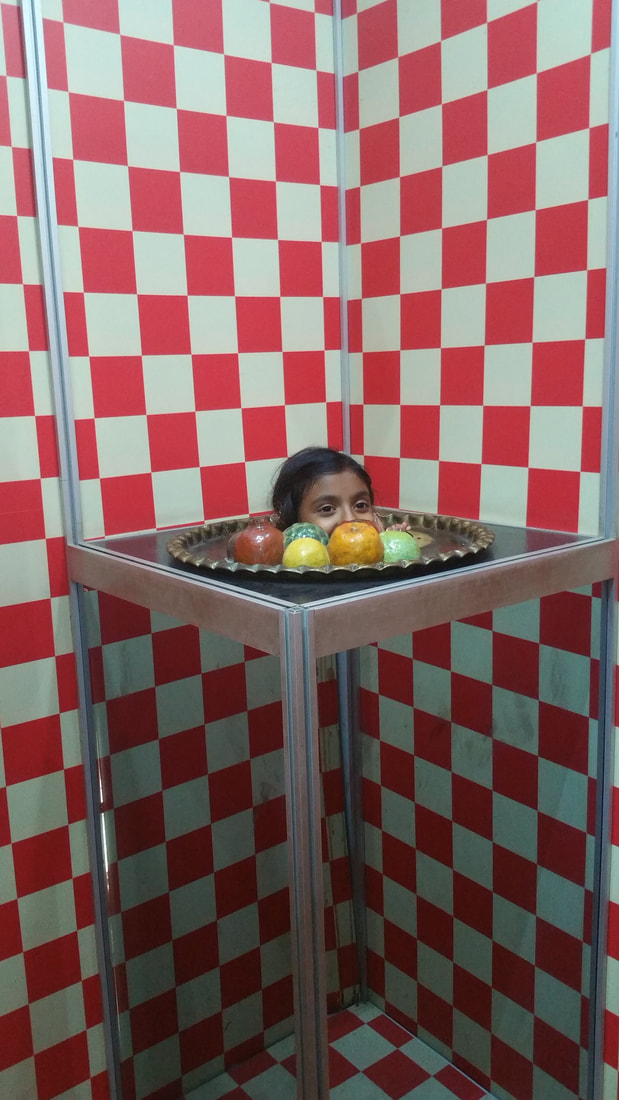
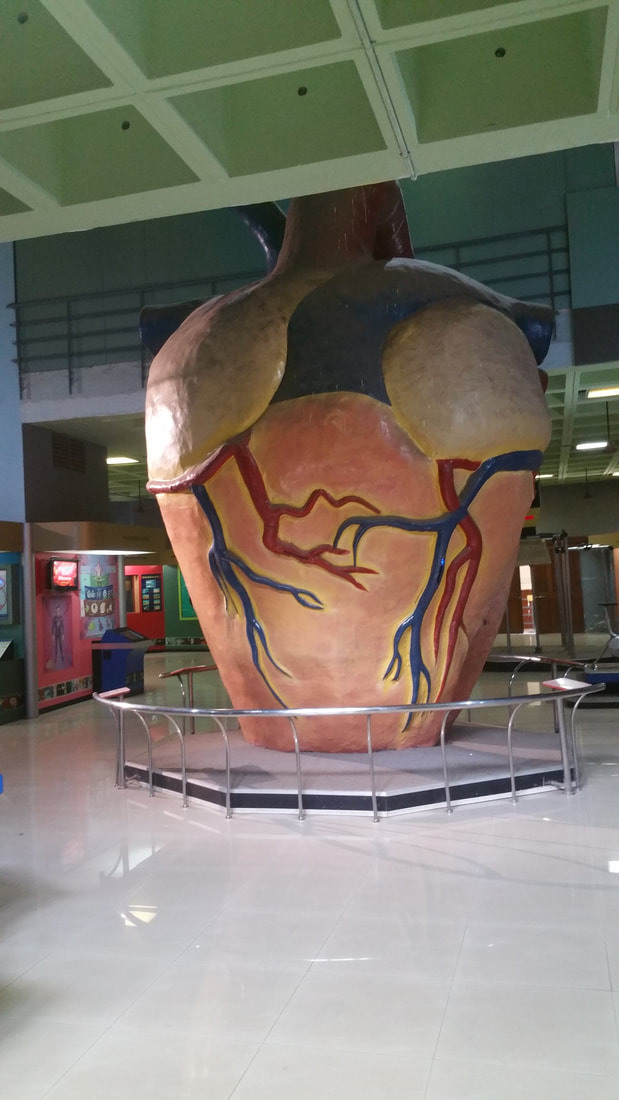
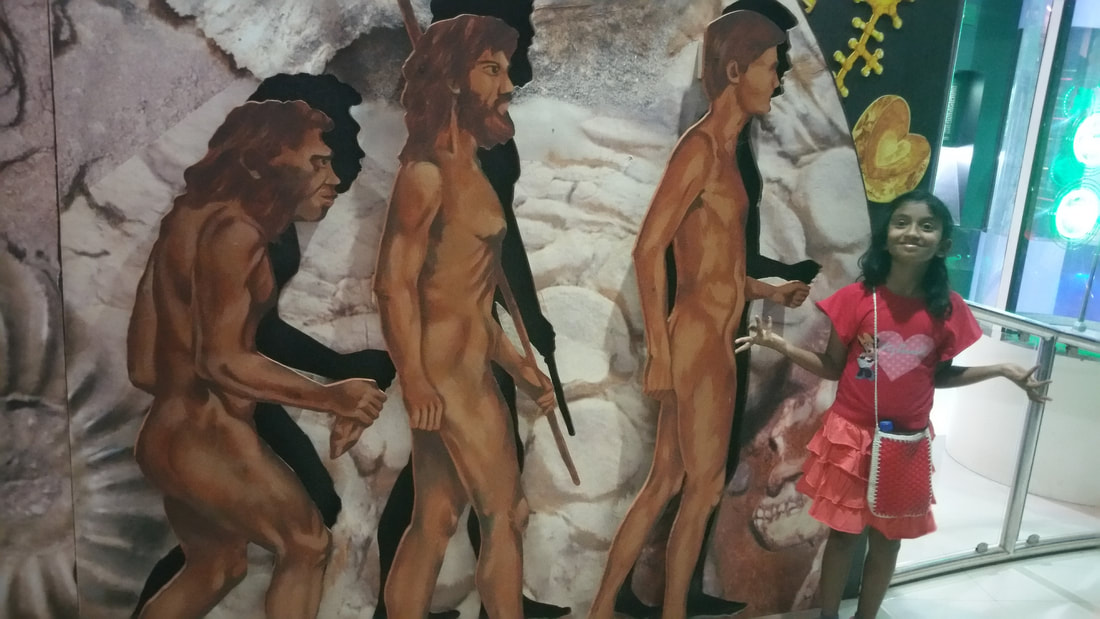
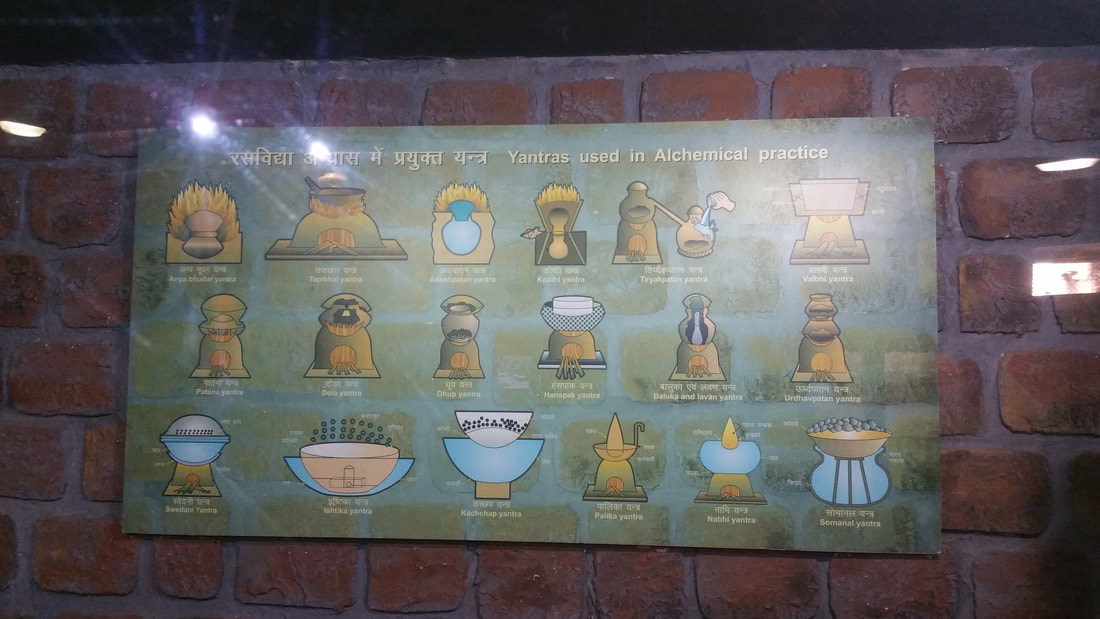
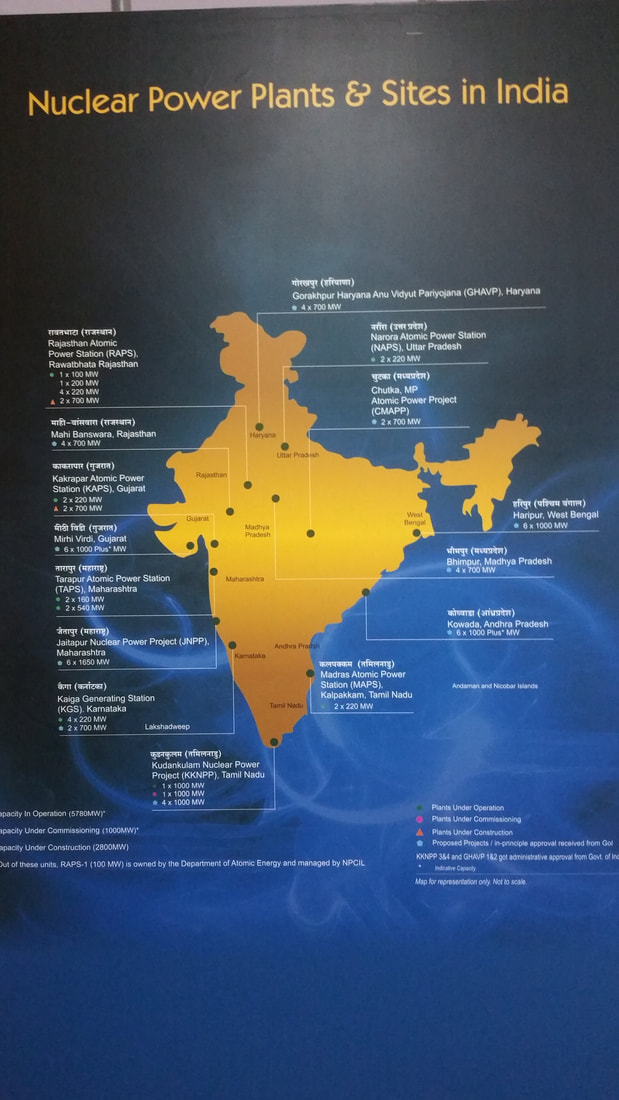
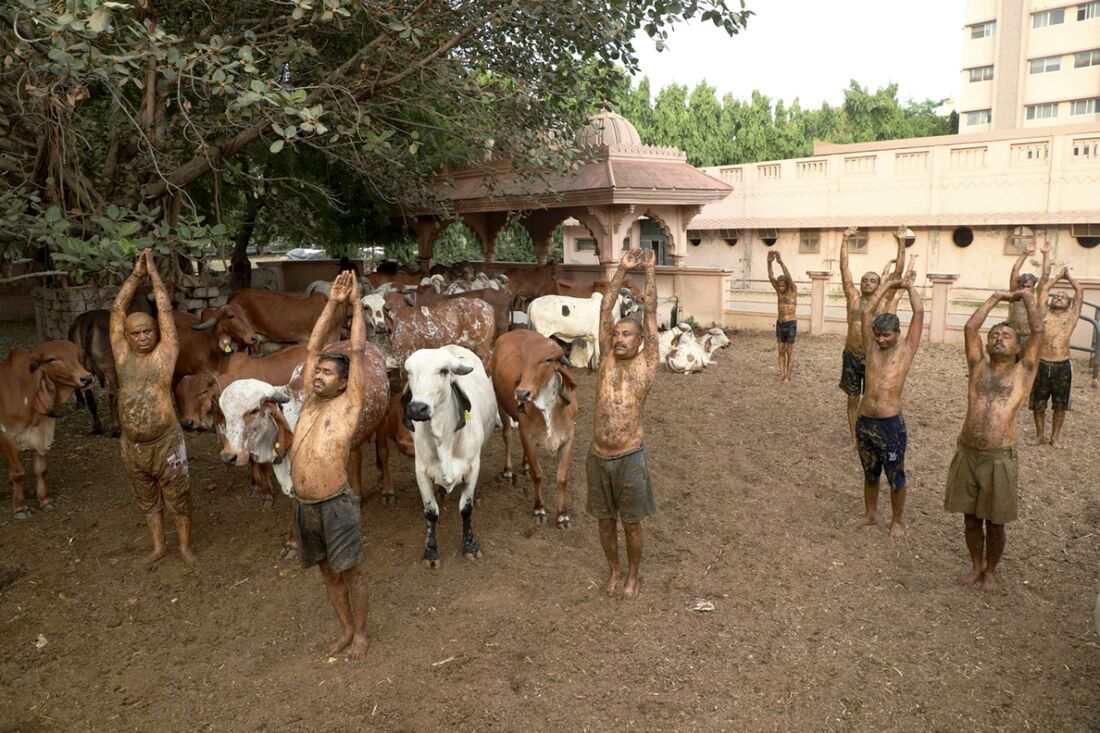
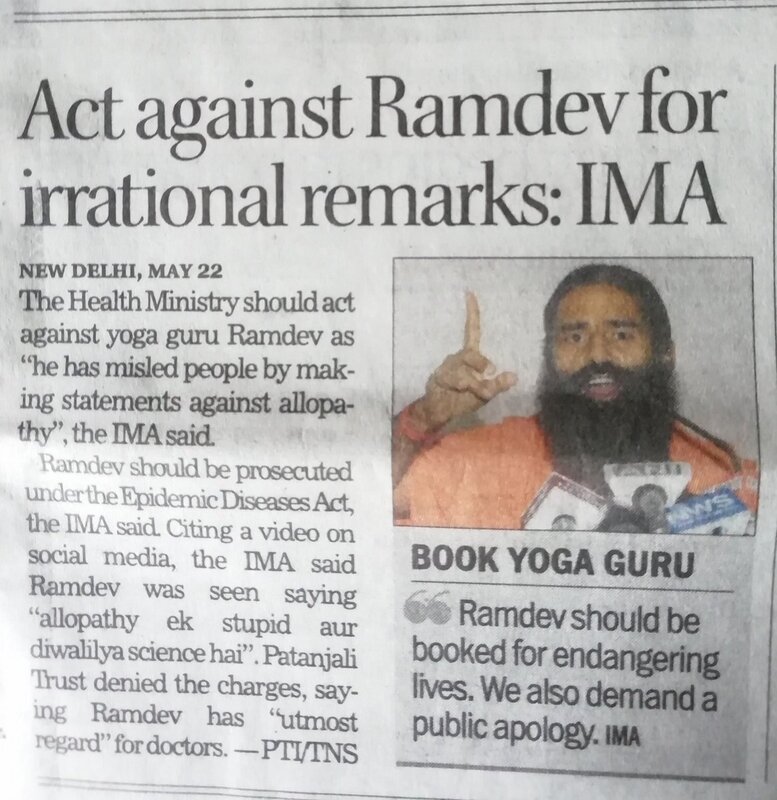
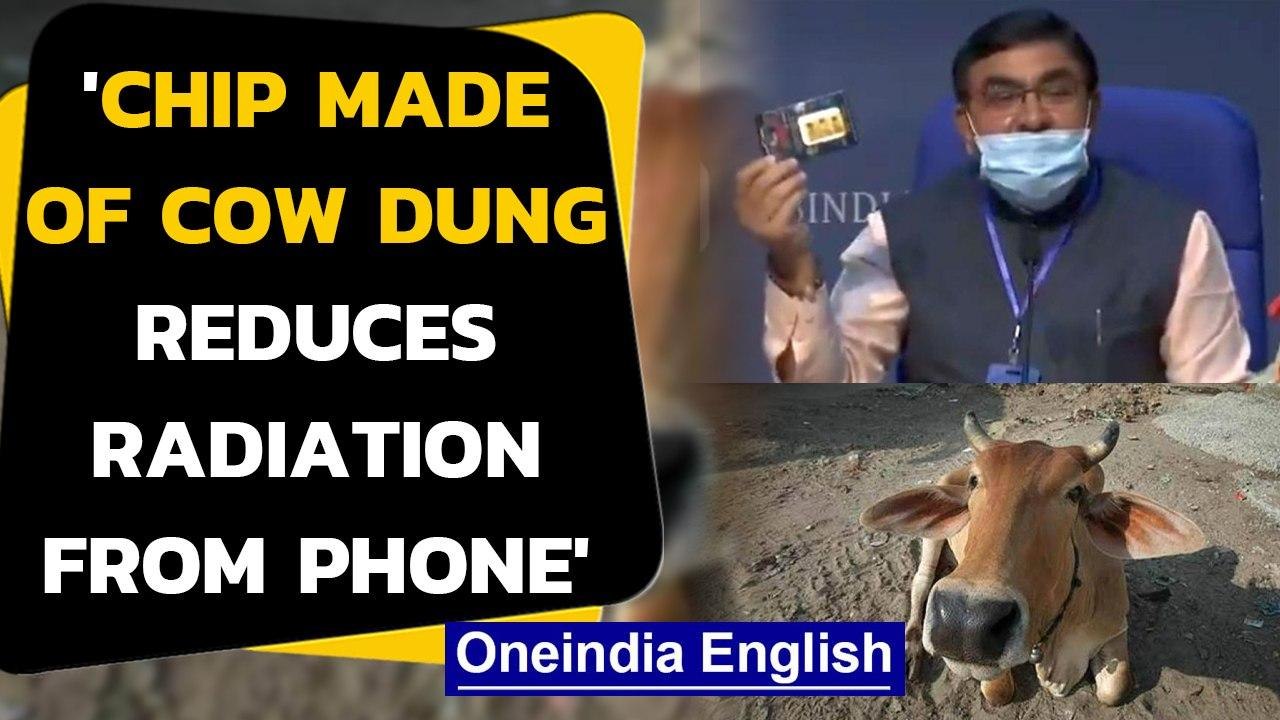
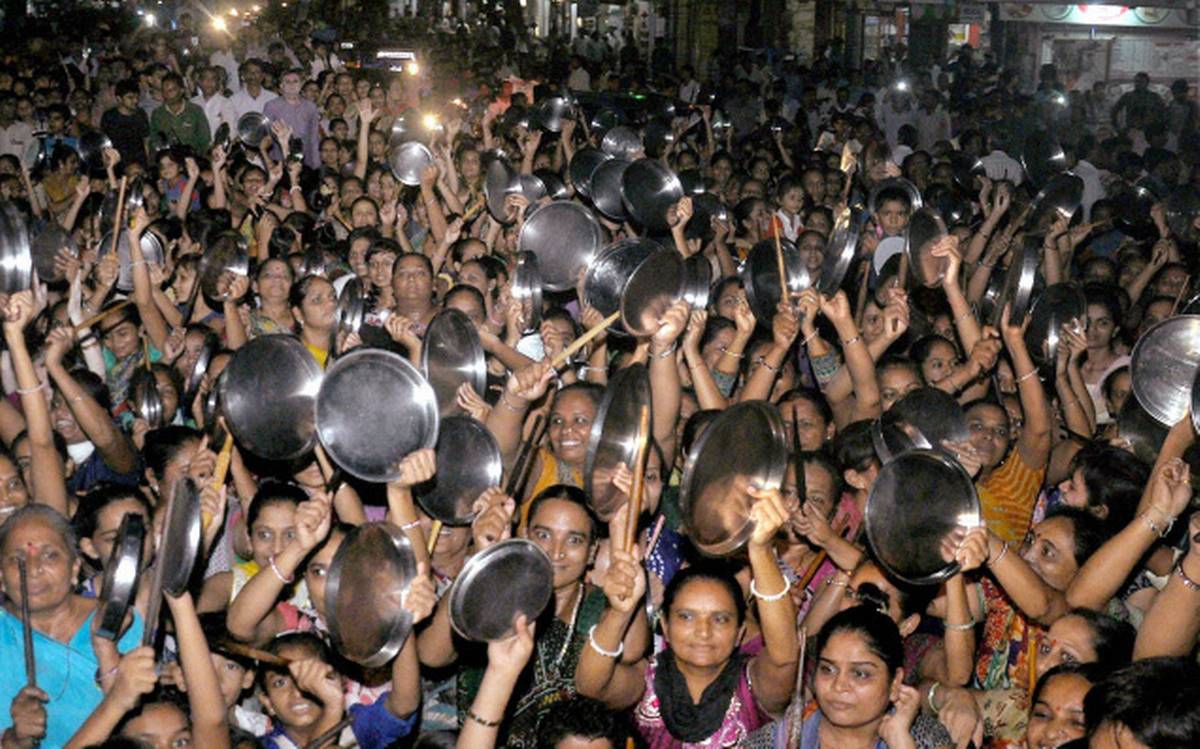
 RSS Feed
RSS Feed
